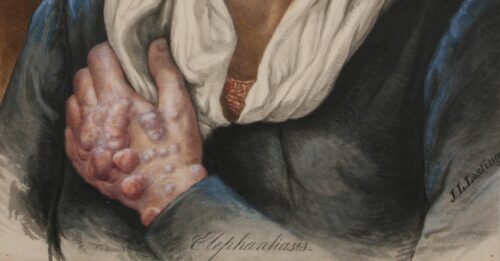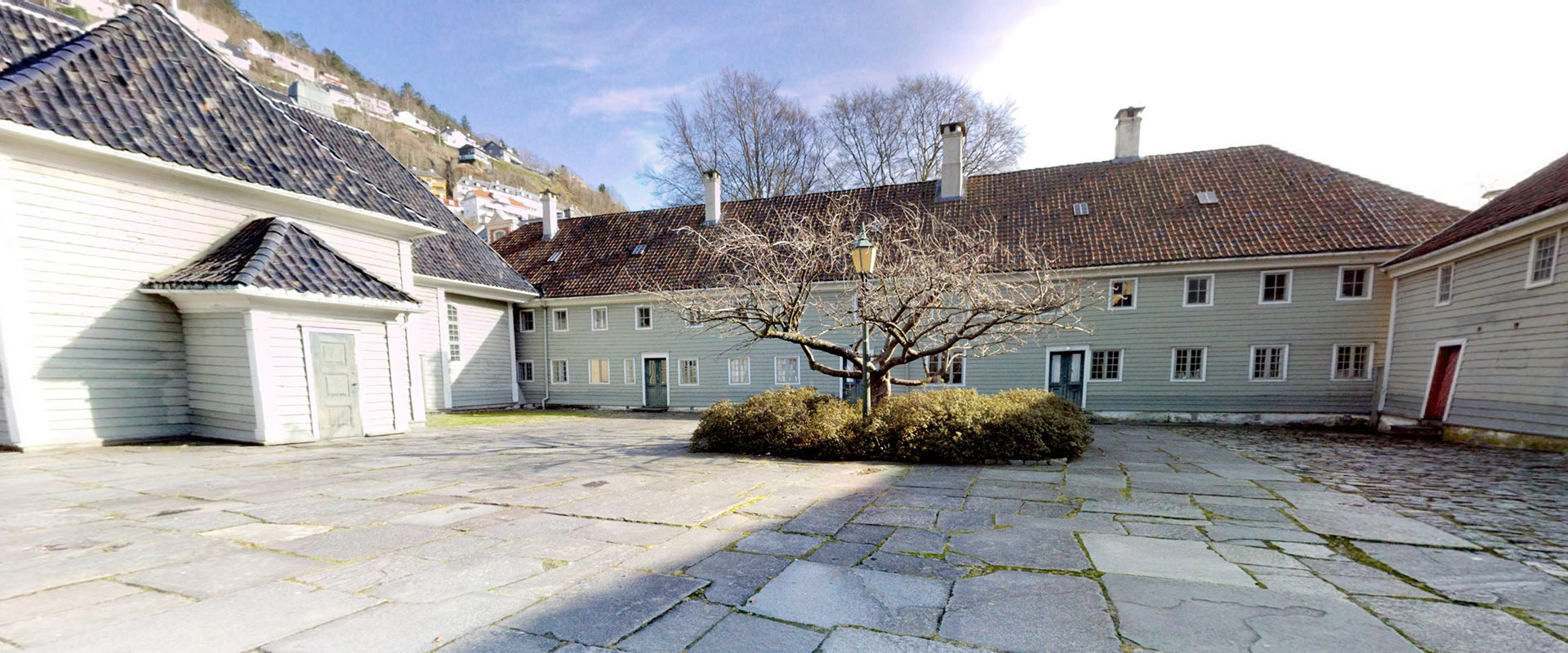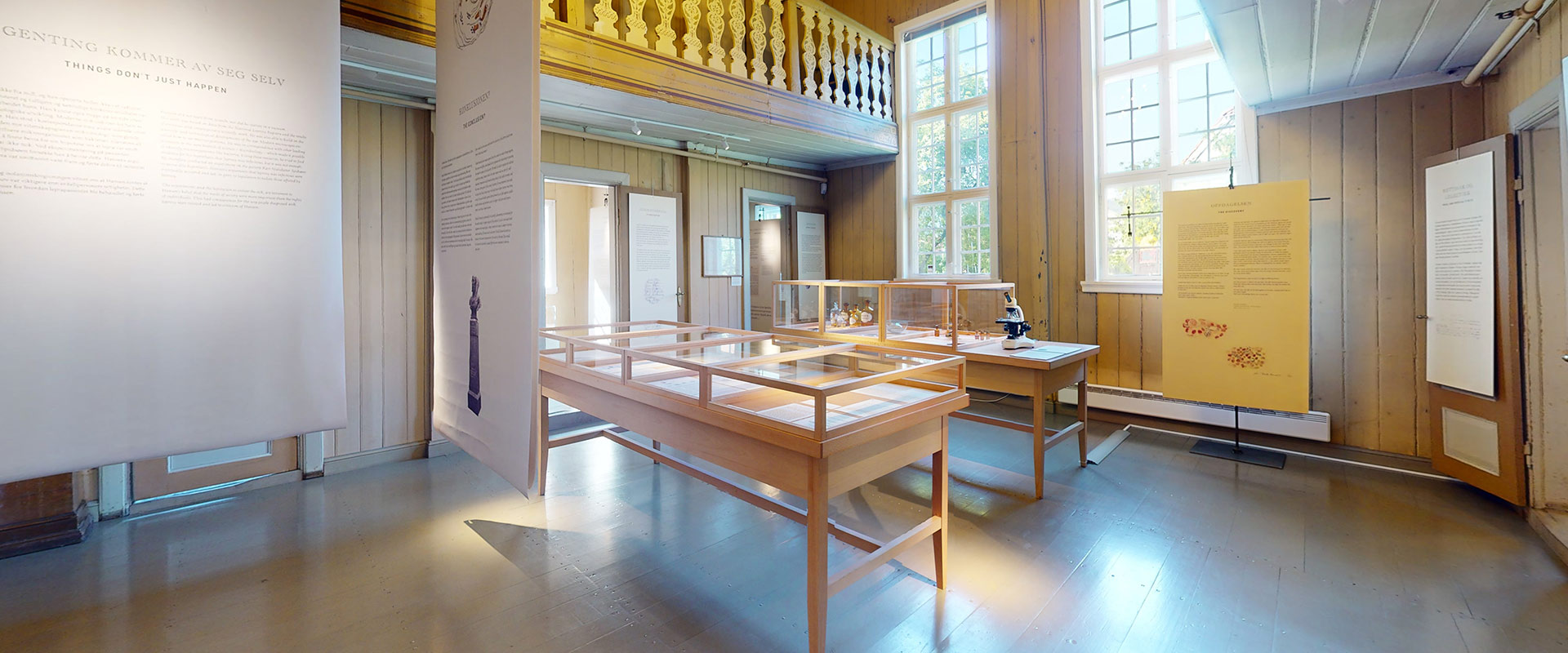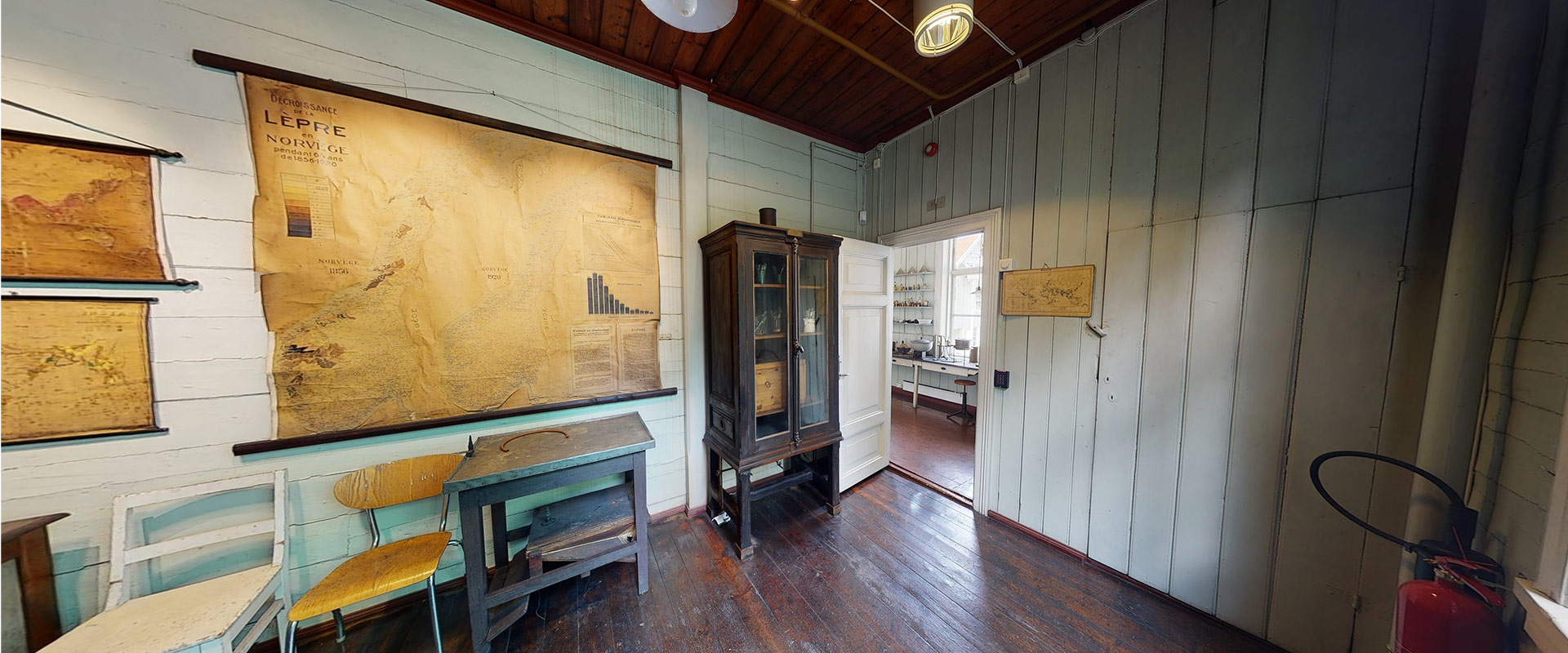A disease with many names
The disease has been known by different names through the ages, both in the medical community and among the general population.
Although leprosy is considered to be one of the oldest known diseases, it was not clearly distinguished from other diseases that affected the skin until the 19th century. Up until then, many of those believed to have leprosy probably had other diseases, such as syphilis, skin cancer, cutaneous tuberculosis and certain forms of scabies.
Some designations used to describe the disease or people affected by the disease have been abandoned because they are regarded as disrespectful or because using different terms helps to separate the medical understanding of the disease from the traditional stigma and mythology it carried, for instance the earlier commonly used term ‘leper’.
The term leprosy still has a clear medical definition and is used in large parts of the world. However, in many countries the official term is now Hansen’s disease, named after Doctor Gerhard Armauer Hansen from Bergen, who succeeded in identifying the leprosy bacteria in 1873.

Illustration: Johan Ludvig Losting. Atlas Colorié de Spedalskhed. 1847. University of Bergen Library.





